
Monday Susan and I spent much of the day wandering the cavern known as Moscone Center in downtown San Francisco attending the annual Winter Fancy Food Show. There are hundreds of vendors hawking every food item imaginable, after a few hours you can’t help but be overwhelmed by all the pitches. It’s easy to drift into thoughts about late capitalism and commodity culture because so many of the foods are so similar and just one of them will probably break through, if any.
Fortunately we’re rather disciplined and old hands at this sort of thing so we bring focus to the table and have a few observations on the state of Mexican food and related trends.
Mexican food is still hot
The Mexico pavilion is topped by that ominous rotating drum that has a certain eye of Sauron quality to it. It is a distinctive beacon amidst the national areas. This year we found the usual suspects, tequilas, mezcals, and some new entries.
It’s great to see Mexican craft beer have a decent presence through Ocho Reales’ booth. They’re out of Monterrey and claim to be the largest craft brewer in Mexico. Along with their nice assortment of beers they also offer a flat and sparkling mineral water from Monterrey called Agua de Piedra. We should have brought some Topo Chico to do a taste test. Mexican mineral water is a potentially huge category.

Agave nectar is big and has been for a while. You know that. We know that. So Mexicans are obviously building supply and actively marketing its benefits for those with health concerns. But this time around we were surprised to see one marketed as “100% Pure Organice Maguey Syrup” right next to Agave Nectar bottles and called out as the “Traditional taste of Mexico’s pre-hispanic culture.” It seemed to be an attempt at differentiation akin to the difference between tequila and mezcal but it’s hard to tell. Obviously the maguey syrup seen here is much darker. They did explain that the maguey nectar was made with espadin, the agave nectar with blue agave.

Sauces remain huge. Within the Mexico pavilion we stopped at Ki Gourmet, a great Mexican sauce boutique that makes the range from sweet dessert sauces out of ingredients like blackberries or tequila and raspberries to rich pepper based sauces. Out in the main exhibition area Mexican sauces are everywhere. We lingered at the Rick Bayless table because, well, he’s Rick Bayless and even his packaged food is pretty striking. They have a huge line of sauces and ready made cooking packages which seem to defy that adage that you can’t take it with you….

Of all things, chia seeds are the mini trend within the Mexico pavilion. A few people were marketing them which means we need to get out to the agricultural areas where they’re grown because they stand as yet another marker of the great unknown diversity of Mexico.
It’s a bit frustrating that more Mexican foods aren’t represented here. The country produces an incredible variety of fantastic foods of which just a smattering were present. Brand Mexico and its food products could really take over because they have so much to offer, so much of it in the natural and sustainable foods area.
Mezcal update

We do the hard work of sampling mezcal in the morning for you dear readers. And we’re happy to report that a few mezcals make the trip. Mezcals Gourmet Oaxaca’s stand represented a few brands. They had the fun Sotol Mal Herido which was incredibly smooth for its 44% ABV. Plus a brand named Metiche from San Luis de Potosi made out of Salmiana. At 40% ABV it’s very light on the alcohol, unusually flavorful for a mezcal of that level.
Gourmet Oaxaca was also representing their flagship brand Siempre Oaxaca which is replacing their older brand Oaxaca Forever in name, design, and juice. These are all made from wild agaves, at this tasting they were pouring a tobala and a tepeztate. And then they were pouring the Banhez espadin as the mainstay. Just for kicks they had an Ejuteco in the display which their representative Luis explained is designed more for the pueblo than for export. We have to dig into that difference sometime in the future.

Surprise surprise Aguas Manas will soon be legally sold in the US. Per the sales person we met late February is the street date. This is great news, they’re a wonderful artisanaly produced mezcal that we’ve featured at our tastings and has a great full bodied flavor.
Another surprise, a cenizo mezcal from Durango named Ajal with a really bright branding campaign. They are in town looking for a distributor and also brought some cheese cured in mezcal which was quite a treat.

And then there’s the hybrid prize of the show, Ashpiti. It comes in a juice bottle which is kind of suspicious because it looks like a cross between an energy drink and an alchopop. It’s juice, spice, and mezcal. Taste it and you may be converted because it’s fresh and, at 5%ABV, dangerously easy drinking. And all natural as well. As in no preservatives, you can even see the sediment settle at that bottom of the bottle. It’s that natural.


Tequilas are still coming. It’s amazing just how many are out there.
We haven’t met an avocado that we didn’t like

We started with the Mexican pavilion so it’s no surprise that within five minutes we’d tasted avocado oils and guacamole. But after seeing avocados all over the hall it’s officially time to anoint them as a something more than a trend. They are the new, new, thing.

There were avocado oils, avocado oil whipped into something like butter, guacamole, and still more avocados. Wait, did we mention that we tasted some amazing avocado honey? That’s something we desperately need in our pantry.
The spirit has left us
It may just be my memory but boy was this session devoid of alcohol. There were some wines poured at the Italian pavilion, a few at the Greek stands, but almost no other alcoholic beverages. Mexico really has a leg up on this front.
The Italians can still teach us something

Italy has been a brand assassin with the whole “Made in Italy” concept even if it can get degraded by the sheer number of products that fly under its banner and even if it can feel that it really exists to represent Parmesan cheese and Parma de Prosciutto. Still it means something, and something good. While wandering the Italian pavilion the level of presentation is so high that you have the sense that things are better here even if you can’t quite put your finger on why you feel that way. The marketing has this tendency to disappear because the products are so good but the presentation is really extraordinary. And then there’s news that some Italian pasta makers are doubling down on this idea buy buying all their grain from Italy. We can all learn from them but let’s hope they bring more of those uniquely Italian products.
Jamon is the present, past, and future
The best thing we tasted were the Jamon Ibericos. The bellotas were divine, the regular jamons were incredible. They are a category unto themselves, worth every cent of the premium you pay for them. Go out, get some jamon, you’ll thank us.
In other news and trends
Salts, salts and more salts, the mainstay sea salts and Himalayan salts, along with flavored salts incorporating everything from the usual lavenders and fruit zests, to tumeric, the new, hot “health” trend, fortifying everything from seasonings to teas, chocolates, nuts and chips.





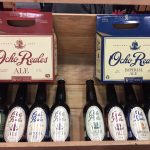


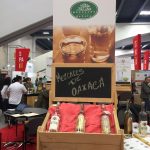
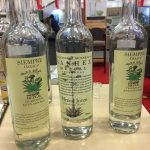


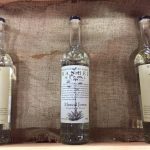

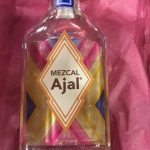
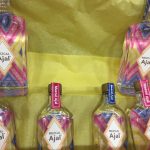

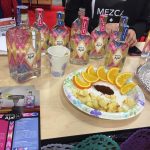
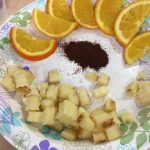




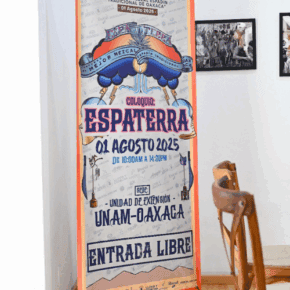




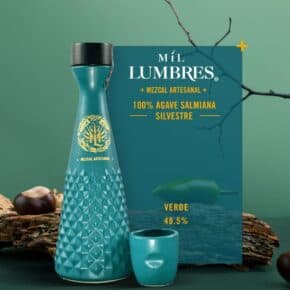





Leave a Comment